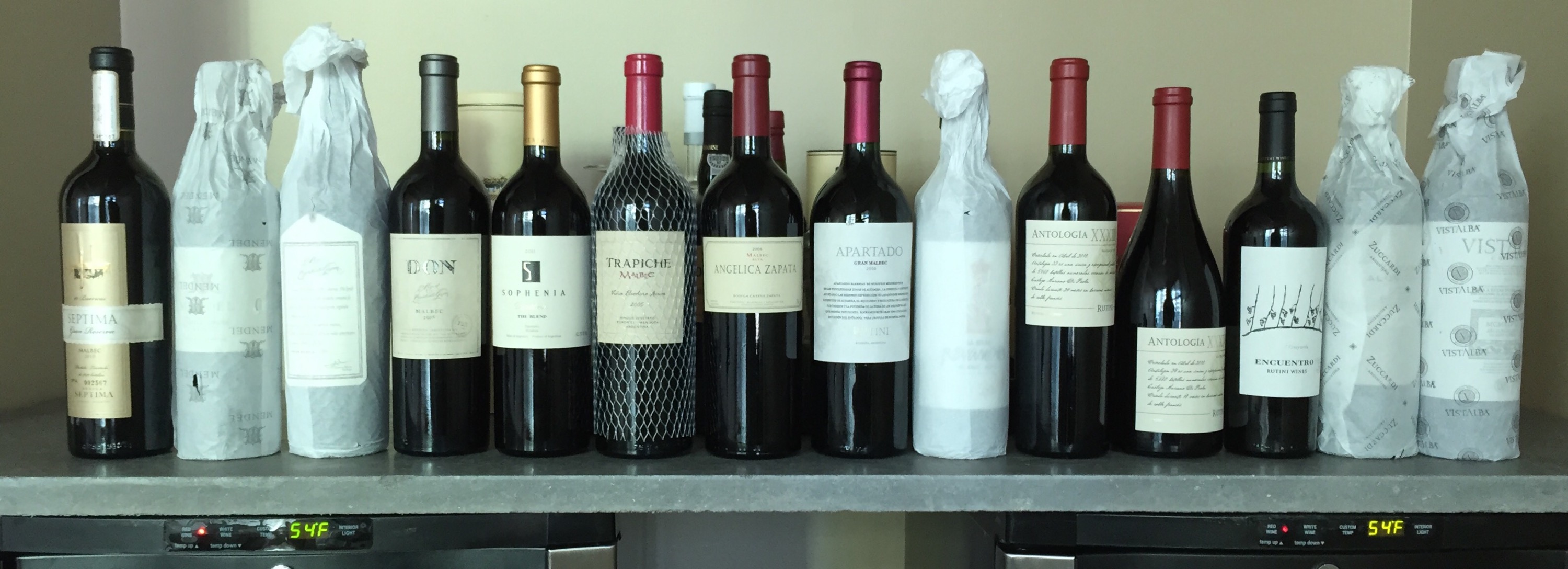An increasing number of retailers and vineyard owners seem to think so.
My conversation with Claudio Fontana, owner of esteemed wine retailer Terroir Casa de Vino in Buenos Aires, was most revealing.
Fontana understands the double-edged sword that ratings and popularity have brought to certain vineyards. And as someone who has benefitted enormously from the popularity of Malbec, he doesn’t question that Parker ratings are what originally put Argentina on the map.

What worries him is customers’ slavish devotion to the numbers. He says:
“Don’t drink points – drink wine.”
The interesting point that Fontana makes is that popular wines tend to have a life cycle. They come out of nowhere when a Wine Advocate or Wine Enthusiast reviewer assigns them a high numeric rating.
Being the value seekers we are, consumers flock to that particular label of wine. Hooray! For consumers and the winery.
But then the next harvest comes, and consumers want more of that delicious, highly-rated wine. So, what’s the winery to do?
Find. More. Grapes.
Make. More. Wine.
But chances are, the winery was already using all their best grapes in the previous year’s output. So, they have to go find grapes somewhere else. Maybe even on the bulk market, from unknown vineyards in unknown locations.
And the wine you fell in love with, that Robert Parker or Jay Miller or Neal Martin loved, isn’t the same wine anymore.
Really skillful winemakers can mitigate the effects of higher volume, but it’s hard to do, and exceptionally hard to deliver the same wine at the same quality.
So, following Fontana’s theory, it’s even smarter to look for under-the-radar wines from smaller vineyards that haven’t yet suffered from The Parker Effect.
But, as I pointed out, as Americans we don’t have the luxury of Claudio standing beside us in our local grocery store or wine shop. I’ve relied heavily on Parker ratings throughout the years, because otherwise, what are you going to do?
What are you thoughts on this?


 (3.5 / 5)
(3.5 / 5)
 2) The semi-annual 20% off case sale. The one to pick up here is Colomè Estate Malbec, priced at $28.99. It’s from Salta, in the northern provinces, and now owned by the Hess family out of Switzerland.
2) The semi-annual 20% off case sale. The one to pick up here is Colomè Estate Malbec, priced at $28.99. It’s from Salta, in the northern provinces, and now owned by the Hess family out of Switzerland. (3 / 5)
(3 / 5)




 (2 / 5)
(2 / 5)